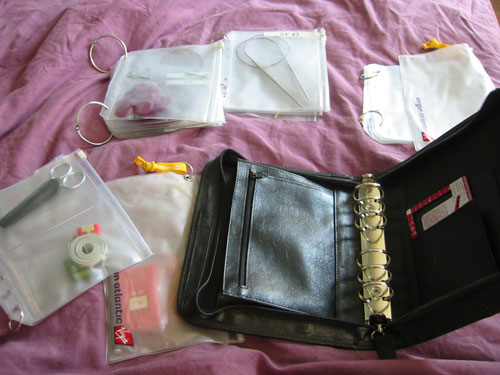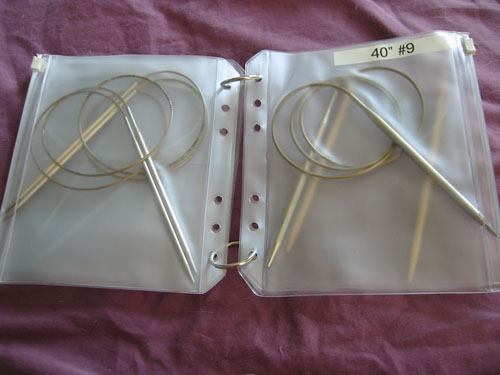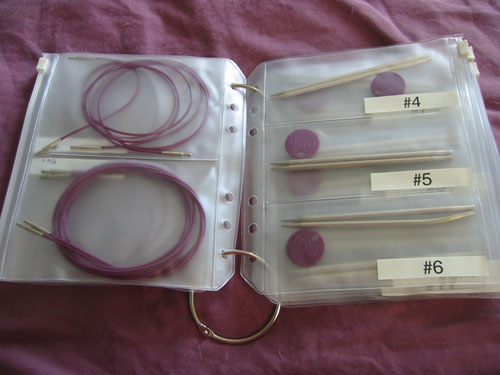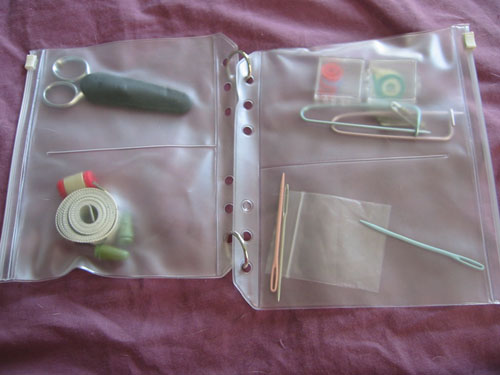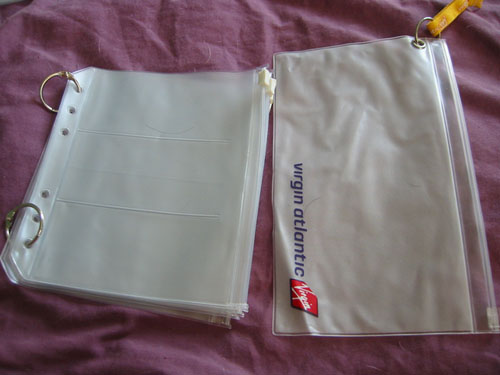What I Learned from Being a Professional Gardener
During my first set of college years, I had a summer/work study job as a gardener. You might think that the major lessons were about plants and how to grow things, which I did learn. But the biggest lessons I learned were about how to handle a massive maintenance project with a minimal staff.
Our campus was a 147-acre botanical garden, and there were only a handful of gardeners to maintain it. The system was very simple: every morning we would be sent to a different area to weed (weeding being the major task for maintaining a tidy garden). The staff pruner would go deal with a different area that needed work, and sometimes she would take along a student assistant. For a week or so in the summer we pruned ivy from the college buildings. But mostly, we weeded.
I've tried to be as methodical in my approach to my own garden as we were about the campus back then. Instead of wandering all over the place picking a weed here and there, I will settle into an area and clear it completely, putting the weeds in a bucket to go to the compost pile (we composted our weeds back in college, too). When I finish an area I can continue to the next contiguous area, or move to a place that needs more attention.
I think it's the fact that when an area is done, it's completely cleared of weeds of all sizes that makes such a difference. Whether you clear the weeds by hand-pulling as I do now, or by scuffling them off as we did back in the good old days, the area is not going to even start looking weedy for a while. And when it does, you can come around again.
And now I'm trying to be even more methodical about the work. Instead of just choosing a spot, what if I divided the garden up into zones and worked each zone until it was done before moving on? I could make the zones as small as I wanted to give myself variety, and if they were small then the day's task would be over sooner.
This is a little different from the usual household division method for housework. It's as if I approached housekeeping by saying that today I am going to make the living room couch sparkle, and just ignore the rest of the room. I think that doesn't work as nicely indoors because clutter is very different from weeds: it can appear in huge amounts in seconds (weeds take time to grow). And you can move clutter from one area to another (you can do that with weeds but it's a lot of extra work and would be really weird). And you might want to keep some of the clutter (whereas the weeds are by definition unwanted).
For me, the lesson is about breaking things down into pieces and working on each one of those pieces in turn. Instead of trying to weed an entire campus, I was just trying to weed the planting beds around a particular building. And in a few weeks of work two or three teams of weeders would have touched every part of the campus.
The other thing that I have come to realize was very important was that the campus did not mulch anywhere. There are some compelling reasons not to mulch (just consider the cost of mulching a 147-acre campus for a moment), but the biggest reason seems to be that when you mulch, that makes systematic weeding a lot more work. You can't use a tool like a scuffle hoe without wasting a lot of mulch and possibly just reburying weeds. And the mulch tends to hide the weeds until they have much larger and stronger root systems, and are harder to kill. I've never found that mulch reduces the number of weeds to be pulled, anyway (they grow in mulch just fine). I use mulch only sparingly in my own garden.
So, did I learn a little tidbit about gardening methodology, or something bigger? The real lesson is to think about making sure your methods support your processes. By not mulching, the campus was allowing the weeders to work more efficiently, which allowed us to cover a lot more ground in a relatively short period. I'm trying to apply that to my own life, where it's clear that sometimes something I am doing -- something I thought would help -- is not supporting my overall goals.
